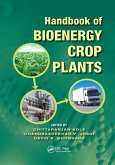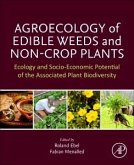Plants play a role in the environment, in food, beverage, and drug production, as well as human health. Written for the introductory, non-science major course, Plants and People outlines the practical, economical, and environmental aspects of plants' interaction with humans and the earth. Mauseth provides comprehensive coverage of plants in the environment --global warming, deforestation, biogeography -- as well as the role plants play in food, fiber, and medicine.
Hinweis: Dieser Artikel kann nur an eine deutsche Lieferadresse ausgeliefert werden.
Hinweis: Dieser Artikel kann nur an eine deutsche Lieferadresse ausgeliefert werden.








